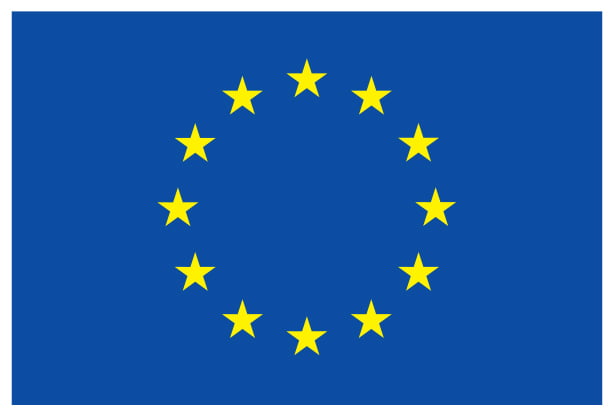Chinese Whispers
In the Kinematic Chinese Whispers Proof of Principle (PoP), we use a chain diffusion paradigm to examine the transmission of social information from one agent to another across a chain. The concept is akin to the classic children’s game, except here, the information is transmitted through movement kinematics. The Chinese Whispers PoP uses an adapted fear conditioning protocol to examine the transmission of threat/fear associated with an object that is passed along the chain. Transmission of social information is investigated in three phases: during human-to-human interaction (phase I), during interaction with an avatar in virtual reality (phase II), during interaction with an avatar in extended reality (phase III). Phase I will identify the sensorimotor primitives that successfully propagate along the chain. These core sensorimotor primitives will be those that both encode social information and are successfully readout and will be the target for reconstruction, amplification and attenuation in the phases II and III. Firstly in VR (phase II) and then in XR (phase III), we will test how amplification (or attenuation) of sensorimotor primitives of social interaction can facilitate (or hinder) information transmission in shared hybrid spaces.
Social Connectedness
Moving in unison feels good. Research shows that individuals who have their body (or parts of their body) synchronized in space and time with others during joint action (multi-agent activity in shared physical space, with shared action goal; e.g., playing music, having a conversation, dancing, doing Tai chi, etc.) like each other more. Moving in synchrony increases social features such as: interpersonal attractiveness, empathy, cohesion, and sense of affiliation. The Social Connectedness Proof-of-Principle (PoP) will afford transfer of currently physically bound sensorimotor group dynamics (in Phase I) to Extended Reality (XR) platform (Phase III) – with interim step of Virtual Reality (Phase II), putting to test cognitive architecture by facilitation (or disruption) of inter-agent movement synchronization during collective performance. This will be achieved by the virtue of virtual avatars driven by humans, and at further stage with semi-autonomous capacities and fully autonomous virtual humans adapting their behaviours in real-time to assist human users and moderate social dynamics in hybrid space. The PoP of Social Connectedness will identify the core operational features of group synchronization and connectedness to constitute functional bricks of SHARESPACE, further instantiated in for Real-World Scenarios: Social Low Back Pain scenario; Peloton Cycling scenario; and Shared Creativity scenario.
The experimental and development work in this PoP will consist of three phases, a human-to-human interaction (Phase I – a local physical space), a virtual human-to-virtual autonomous human (Phase II – Virtual Reality), and a virtual human-to-semi/autonomous virtual human (Phase III- eXtended Reality).

